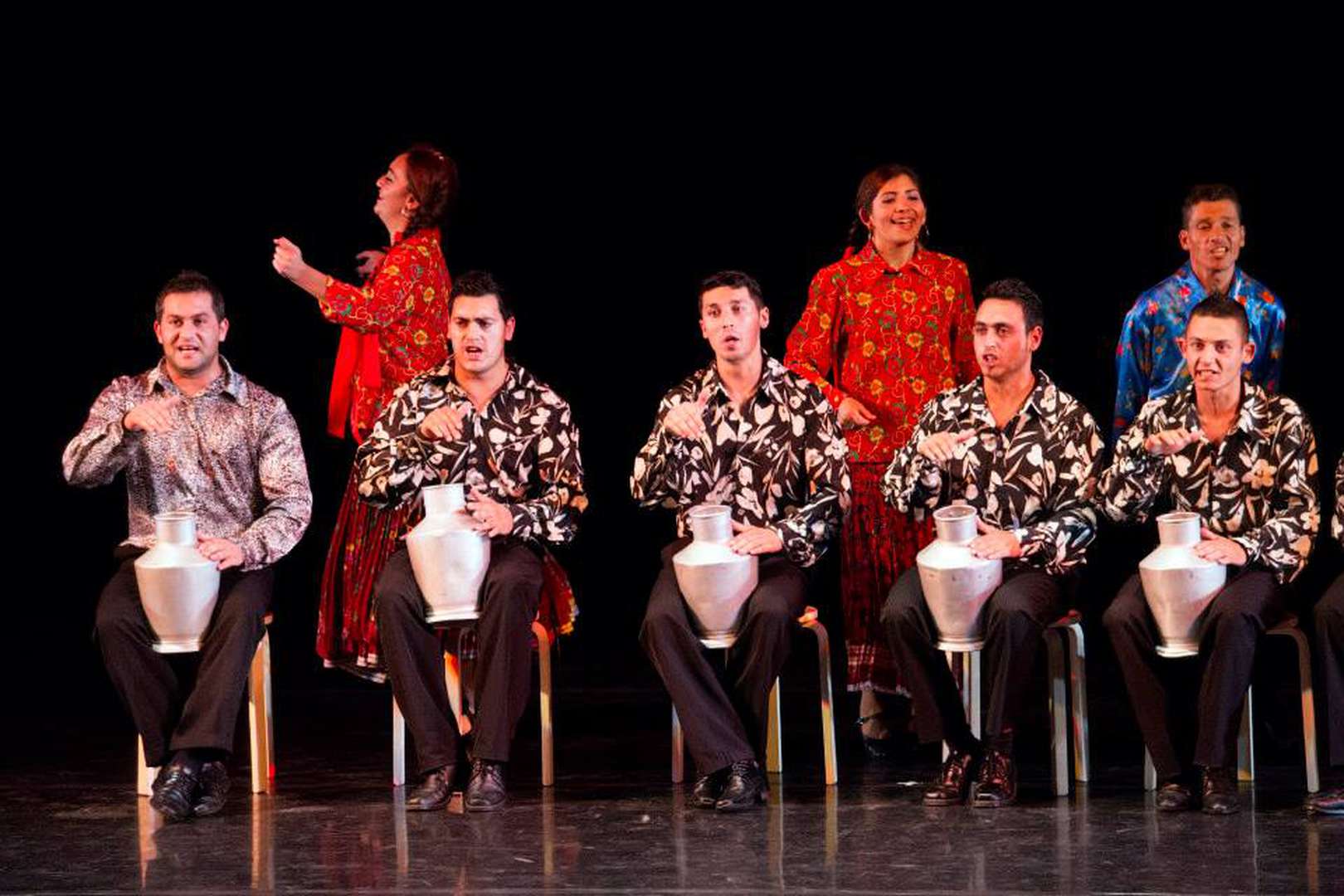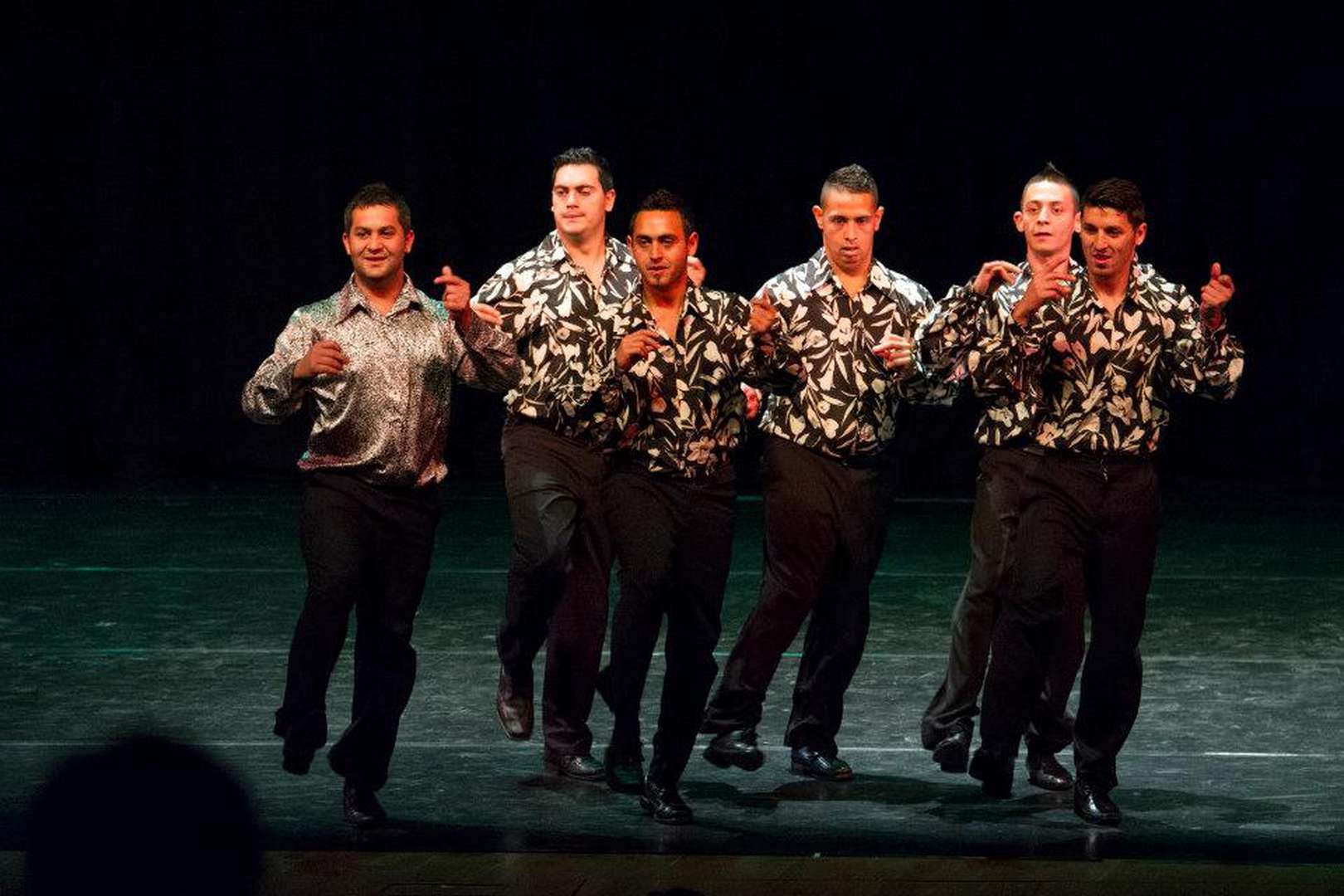Modern day Romania has a large Roma community, which makes up 3 per cent of the country’s total population, according to the 2011 census.1 As in many other European countries, there is a lot of tension between the Roma and non-Roma, and in Romania there is a unique history of slavery that strains the relationship even further.
Transylvania – Central Romania: Romafest Dance Company and Attila Szalto
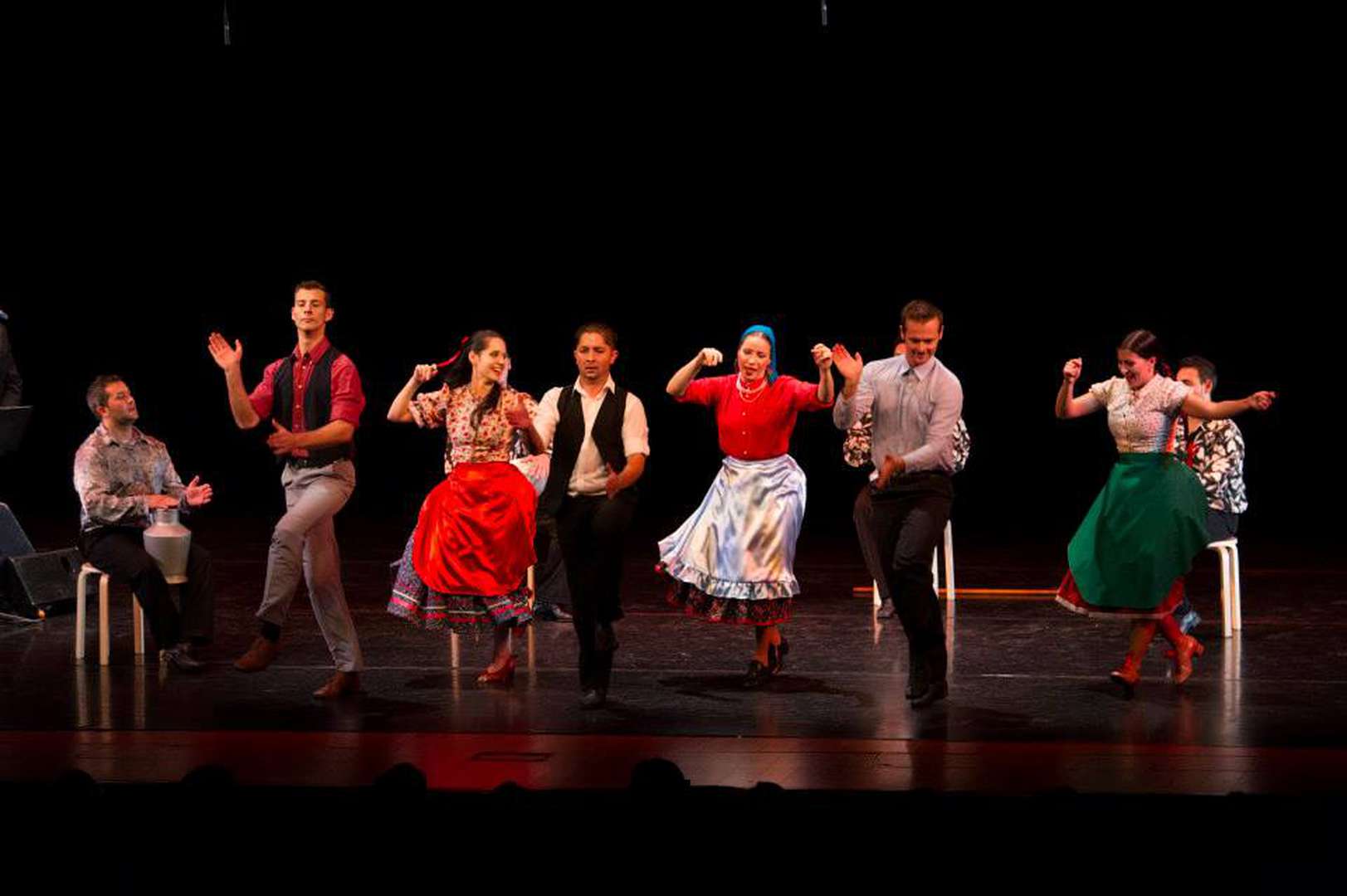

Romafest – Gypsy Dance Ensemble | Romafest 2013 Hong Kong 7 | photography | Romania | 2013 | dan_00298 Licensed by: Romafest – Gypsy Dance Ensemble | Licensed under: CC-BY-NC-ND 4.0 International | Provided by: Attila Szanto – Private Archive
Transylvania is a historical region in what today is known as central Romania. The region includes the Carpathian mountain range and has both urban and rural areas. Transylvania is known for its complex and varied history, which has included Hungarian, Serbian, Slovak and German influences, and historically the region has been a home to the Roma community. It is a centre of folk music and dance, both of which exhibit influences from various cultures. In particular men’s dances, which can be either group or solo dances, are typical of the region. They are performed to music played by a live band.
This collection contains forty images and seven films showcasing the Romafest dance company and its dance leader, Attila Szalto. He was born in Marossárpatak, Romania. He is known for his precision and the subtle movements of his hands and feet, which create a rich variety of rhythms. The Romafest dance company has both male and female Roma dancers, who perform a series of traditional Transylvanian Roma dances. The collection offers insight into the Lad’s Dance, the Verbunk and the improvisational dance forms that are part of Transylvania’s vibrant past and rich cultural heritage.
Lad’s Dance
The UNESCO website for Intangible Cultural Heritage states that the Lad’s Dance is a genre of men’s folk dance performed in Romania at community festivities such as weddings and holidays and but also in staged performances. The Romanian communities have their own version of a Lad’s Dance called Fecioreşte while the Hungarian communities have the Legényes.
These highly evolved group dances are found in Transylvania, particularly in central Transylvania where the villages are ethnically mixed. Each community has its own variant of these dances but all are virtuosic, harmonious and involve a fast sequence of rhythmical foot and hand movements, with snaps, claps and clicks.
The following notes on the dance can be found on the UNESCO website:
‘A special role is assigned to the dance leader and coordinator who trains and integrates group members, while the second leader is selected for his skills as a performer. Dancers group themselves into groups of boys and men aged five to seventy, which may include Romanian, Hungarian and Roma dancers. This aspect contributes to intercultural dialogue and provides a context for learning more about Romania’s cultural diversity, since it provides opportunities to witness local performers dancing at regional events and to observe the choreographic styles of different ethnic groups.
All community members are bearers and practitioners taking part in the dance, be it as a performer or a spectator, enhances social cohesion. The Lad’s Dance provides an opportunity for young men to strengthen their social status in traditional communities, particularly vis-à-vis girls and their families in anticipation of marriage.’
UNESCO: Lad’s dances in Romania
The dances are not only examples of intercultural dialogue, providing a learning context, but are also ‘hard copies’ of a past expressed by the body. The Lad’s Dance can be danced in a group or by a solo dancer and by both men and women. In the group version the dancers often walk round in a circle anti-clockwise, stamping their feet and clicking their heels in a syncopated rhythm. This is followed by further rhythmic stamping and lower leg rotations. For the solo dance form, the dancer faces the band of musicians and performs a sequence consisting of a number of motifs.2
Verbunk or Verboonkosh
The history of the male Roma dance known as Verbunk or Verboonkosh is especially interesting and relevant to this collection. The name Verbunk reflects the Germanic influence in the Transylvanian region and is derived from the German word werben, which means to recruit. It recalls the recruitment drives of the Austrian Habsburg armies of the eighteenth century.
The dance was originally danced by the soldiers to convince the recruits to serve the army. The men stood in a circle doing high kicks, marching and clinking their spurs etc. each trying to out-perform the others. All these moves were performed to the accompaniment of Roma musicians.
Attila Szalto is an expert in these dances and in body percussion and performs his version of the dance.
See: Jonathan Ballmann, Verbunkos

Targu-Mures, Romania, (2017) Attila Szalto dancing at the Summer Dance Camp.
Licensed by: Romafest – Gypsy Dance Ensemble | Licensed under: CC-BY-NC-ND 4.0 International | Provided by: Attila Szanto – Private ArchiveAttila Szalto
Attila Szalto began his professional dance career in 2001 with the Romafest dance troupe, performing shows in Romania, other parts of Europe, Asia and America. Attila also worked as a dancer, choreographer and dance instructor with Cirque du Soleil in Canada for two years. Since 2005, he has given Roma dance workshops in England, Hungary, Japan, Hong Kong, Canada and Romania. He has featured in several Romanian television shows including the 2016 ‘Romania’s Got Talent’ and in music videos of famous Roma musicians including Sandru Ciorbă.
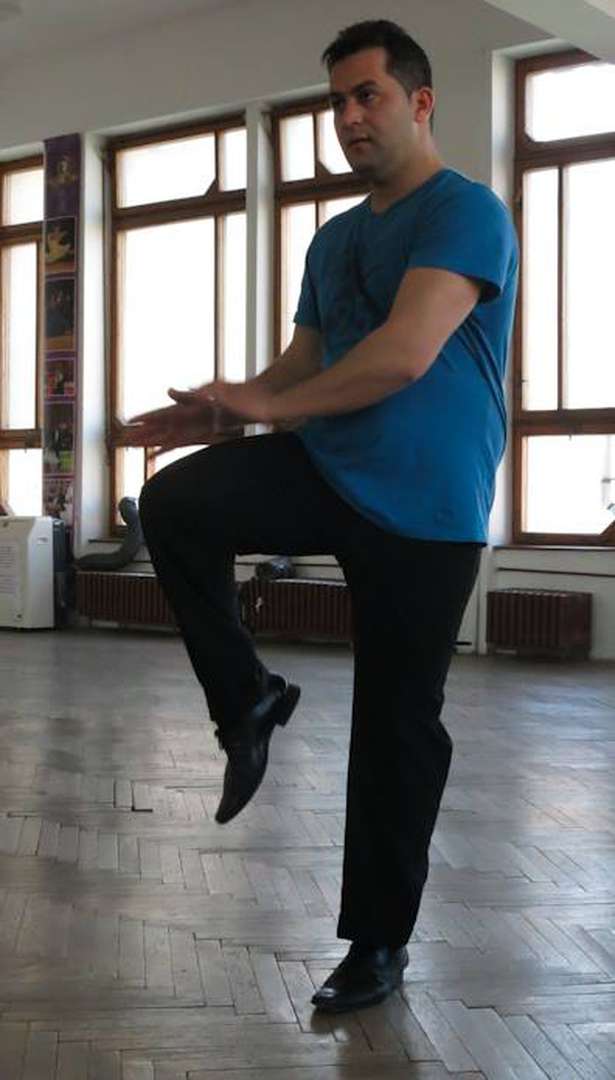
Targu-Mures, Romania, (2017) Attila Szalto teaching a workshop at a Romafest Gypsy Summer Camp.
Licensed by: Romafest – Gypsy Dance Ensemble | Licensed under: CC-BY-NC-ND 4.0 International | Provided by: Attila Szanto – Private ArchiveRomafest Dance Troupe
The Romafest dance troupe was founded in 1997 and had their first performance at the ‘Transylvanian Gypsy Song and Dance Festival’ organised in Gornești, Romania. Since 2003, the ensemble has been based in the Targu-Mures region. The troupe has close ties with Japan and performs regularly in that country. It also organises an annual Summer Dance and Music Camp with cultural ambassadors from Japan. In 2011, Romafest was invited to perform at the NPO Romafest Japan to which many talented Roma musicians and dancers from Transylvania were invited. The festival was instigated by Tetsuo Masunaga who is a Japanese producer and a lover of East European folk culture.
Tetsuo Masunaga has been awarded the highest state distinctions by Slovakia and Hungary for promoting their national cultures all over the world. For the last forty years he has supported activities and companies like Romafest in Romania. The aim of Masunaga’s organisation is to collect and conserve Transylvanian Roma folk culture, to organise the ‘Romafest Gypsy Summer Camp’ and to bring the dancers and musicians to Japan for regular exchanges.
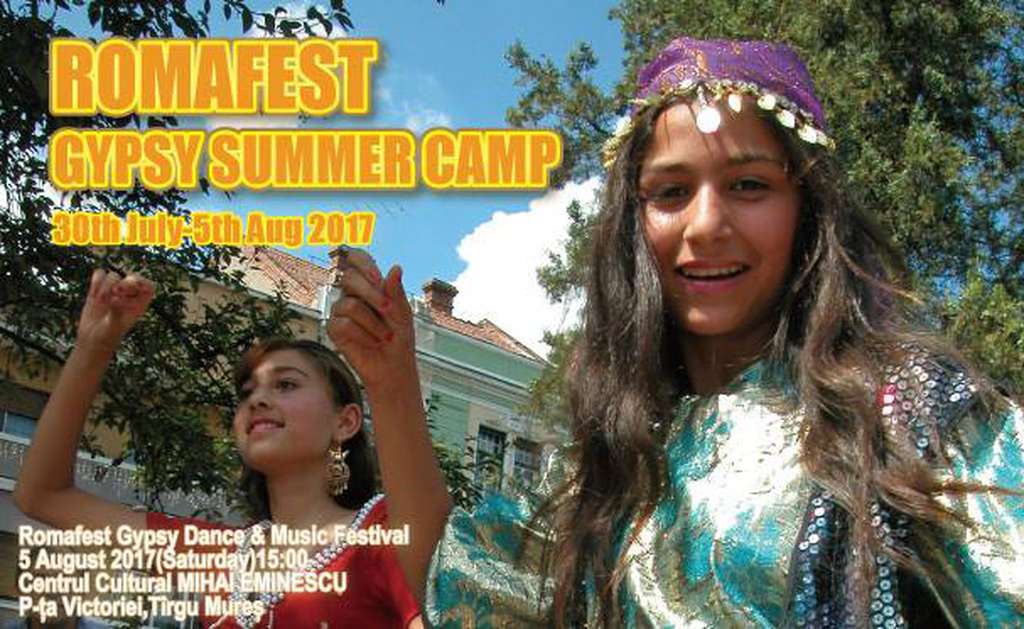
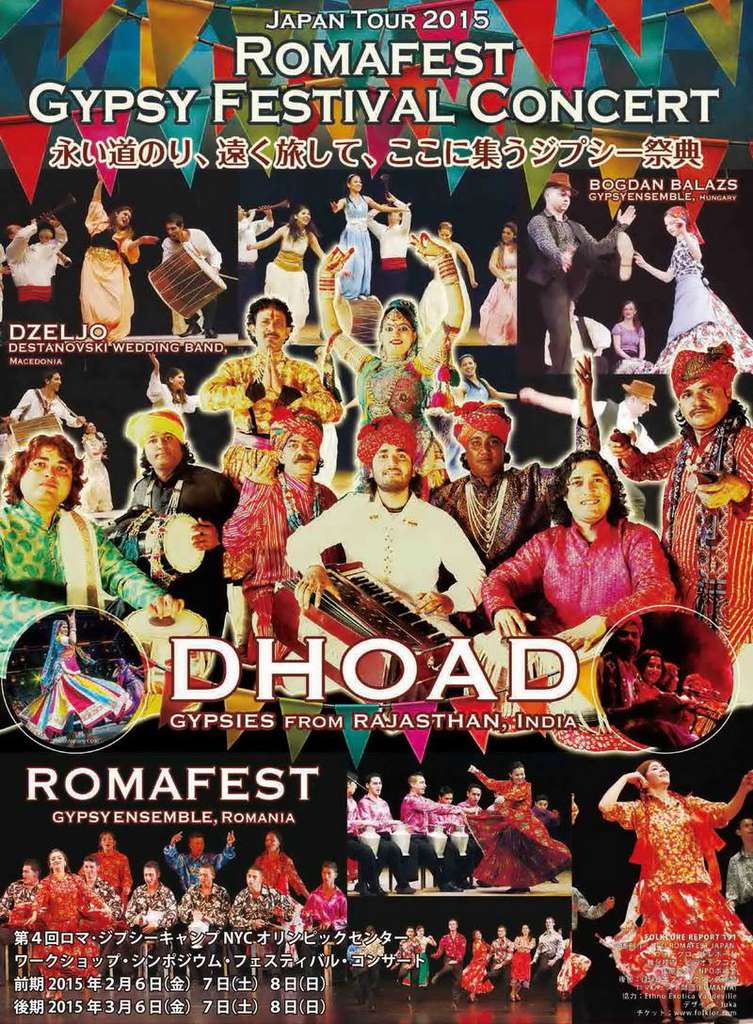
Romafest is an ensemble of mainly male dancers. Some women join their tours but both the group and solo dances are performed chiefly by the male dancers in both formal and informal settings. They are experts in the Lad and Verbunk dance styles and are also known for their rhythmic and percussive playing of jugs.
They have toured throughout the world and dazzled audiences with their precision, footwork, snaps, rhythms and technique. They organise workshops and summer camps every year in Romania where they bring together skilled Roma musicians to show the close relationship between their dances and music.
Contemporary Interpretations
Attila Szalto spent some years performing and touring with Cirque du Soleil Canada, bringing his Roma dance expertise to North America. Contemporary dancers have for a long time been fascinated by Transylvania and its dances. Istvan Molnar was a professional dancer and choreographer who documented Hungarian folk dances from a practical perspective and divided the various folk dances into motifs so he could classify them in a ‘motif-catalogue’ (Felfoldi, 56). Molnar’s cultural and dance-analytical work "Magyar tánchagyományok" (Hungarian dance traditions) was published in 1947 and included source material collected between 1941 and 1947 in some fifty villages in Hungary as well as in Transylvania.
There have been a number of dances or ballets based on some version of the Dracula story, and indeed the fascination with vampires has drawn a great deal of attention to the Transylvanian region. Agnes de Mille’s protégé Katherine Litz created a pantomime/dance version of Dracula, which premiered in 1959. Another version came with the premiere of Ping Chong and Fiji Theatre Company’s Nosferatu (1985), which is a comic danse macabre inspired by F. W. Murnau’s 1922 film, performed by the Fiji Theatre Company. In 1985, the California Ballet Association (USA) commissioned Charles Bennett to choreograph a dance drama based on Dracula. Bennett had wanted to create a ballet based on this subject for over twenty years and said ‘I am fascinated by the subject and by its enormous popularity’ (Scivally, 2015). In an interview he stated that the ballet includes a variety of dance styles, everything from ‘Transylvanian Gypsy Dancing’ to the tango.
Rights held by: Rosamaria E. Kostic Cisneros | Licensed by: Rosamaria E. Kostic Cisneros | Licensed under: CC-BY-NC 3.0 Germany | Provided by: RomArchive





